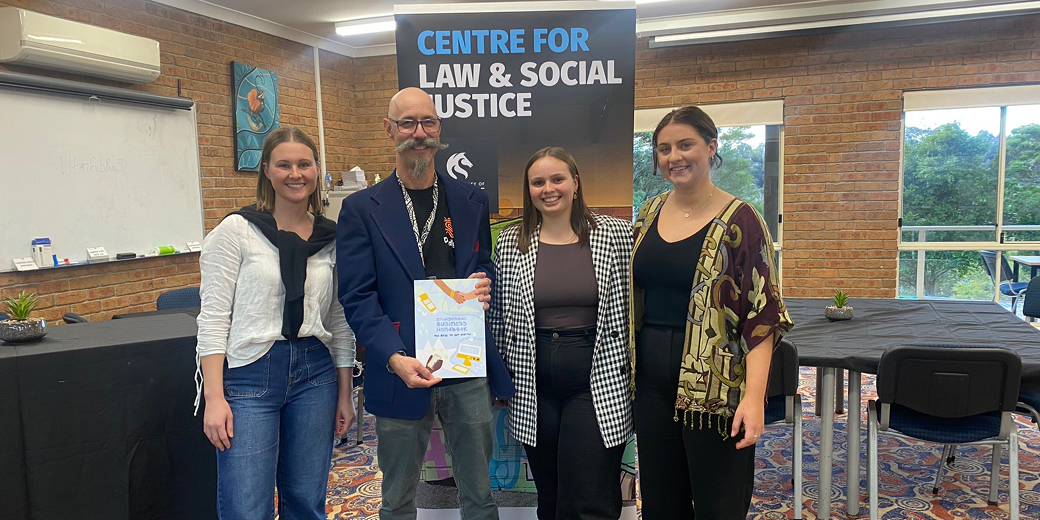Ever since conveyancing moved exclusively online, every conveyancer and property lawyer has become a master of an ELNO - or Electronic Lodgment Network Operator. As PEXA was the first ELNO allowed to operate in Australia, this means mastering PEXA. However, this looks set to change, with updates to the Operating Requirements and Participation Rules introducing interoperability provisions which allow for competitors like Sympli to compete more meaningfully.
We spoke to Greg Stilianou, Principal at Greg Stilianou Legal and Adjunct Lecturer at the College of Law, to get a clear idea of what these updates would involve - and what property lawyers and conveyancers need to know.
Ending an ELNO monopoly
“All land transactions have to be prepared electronically. There’s nothing new here. To implement electronic conveyancing, we need what's called electronic lodgment network operators (ELNO),” Greg explains. “When ELNO was first established, PEXA was wholly owned by the government. They didn't foresee competition, so the rules we have about working in an ELNO is directed at the singular. It doesn't mention PEXA, but it only refers to a single ELNO, and only contemplates a single ELNO.”
The government no longer has a majority shareholder in PEXA.
“It is now effectively privately run, so competition becomes an issue,” Greg says.
“For the last few years competition in the ELNO workspace has been a major issue within our industry,” Greg observes. “With e-conveyancing now mandatory, consumers - namely, us lawyers - want competition.”
Like any monopoly, there is little incentive for the monopoly holder to find efficiencies or charge a competitive price, as there are no competitors.
“Publicly, PEXA has been in support of competition and the innovation it could bring,” Greg says. “The only other ELNO in the industry is Sympli, which currently has a very minor share of the market.”
The reason for Sympli’s small market share and PEXA’s prevailing monopoly are current rules around interoperability, as well as a few other issues - and this is all about to change.
“In order for Sympli to compete, they need to have the whole array of land transactions available within their platform. But to do that, they need the computer language and rules that PEXA uses with the land registry so that Sympli can work within that framework. The Government's now paving the way for that to happen.”
Paving the way for interoperability and greater ELNO competition
Six months ago, the government announced they intended to introduce competition to the ELNO workspace.
“As a result, the word ‘interoperability’ has come to the fore,” Greg explains.
“The problem arises from the way PEXA has built its platform - on the basis that all lawyers and banks involved in a land transaction must use PEXA,” Greg says. “It’s built with the land registry for each state and territory, and doesn't allow for any competitor ELNO to operate with it. So you can’t have some lawyers using Sympli and some using PEXA. It's all or nothing.”
As PEXA was first to market as a government monopoly, it enjoys market share - a market share further protected by the structure of the regulations governing interoperability. This brings us to the updates regarding Operating Requirements and Participation Rules.
“Each jurisdiction has adopted the Electronic Conveyancing National Law,” Greg says. “The Registrar of Titles in each state and jurisdiction creates their own set of participation rules and operating requirements.
“The Operating Requirements relate to the Registrar's rules about how to run an ELNO. So, the Operating Requirements apply to the ELNO - PEXA and Sympli - and the Participation Rules are how lawyers and conveyancers are to participate in an ELNO.”
The majority of changes are to the Operating Requirements, and are chiefly about implementing a timetable to make interoperability mandated by the end of 2025.
“So that is their deadline for competition to be brought in, and for us lawyers to be able to select who we want to do our land transactions with!” Greg says.
“Interoperability essentially refers to the interoperability of competor ELNOs. As an analogy, if you were to go to the supermarket and the supermarket’s bank is Westpac, you can pay with a CBA card, because the banks just interoperate.”
The same applies to mobile phones.
“If you're with Telstra, and I'm with Vodafone, we don’t know who each other's carriers are when we call each other. Our carriers interoperate so that we can call. That's what interoperability is, and it’s what doesn’t exist in the ELNO market right now. You either need the entire market to be with PEXA or Sympli for people to conduct property transactions under the current regulations.”
What competition means for lawyers: the joys of choice
As a property lawyer, Greg is looking forward to greater competition in the ELNO market.
“I'd like to see how competitive prices might become,” Greg says. “At the moment, I have to pay about $132, which is what PEXA requires to create a workspace for a routine conveyancing transaction.”
Like any lawyer, he passes this cost to his clients.
“However, if I know Sympli is charging $80, I'll make sure I tell my client that I'm going to be using Sympli because it's $50 cheaper, and that’s $50 in your pocket.”
These charges apply per workspace. As a national electronic conveyancing system, these changes will affect every jurisdiction in Australia.
“Even though property law is state-based, ARNECC, the Australian Registrars’ National Electronic Conveyancing Council, is a body which helps facilitate the regulatory framework for e-conveyancing across Australia. The registrars for each jurisdiction work as a collective to create a model set of Operating Requirements and a model set of Participation Rules,” Greg explains.
“These rules are then adopted by the Registrar for each jurisdiction pursuant to their powers under the Electronic Conveyancing National Law. So, while there is a New South Wales version and a Queensland version, for all intents and purposes, these updates are identical across the jurisdictions.”
From the perspective of lawyers, opening ELNO to greater competition could have a major impact on price and user experience.
“Competition's the big change,” Greg says. “Introducing interoperability is going to be the yellow brick road for further improvements. It’s not just about cost. It's also about the interface and the usability of the platform.
“I don’t know what the Sympli interface looks like, nor what functionality it has, or will have, to offer. It may be more expensive than PEXA, but if it's much more efficient and user friendly, maybe I'll use that. They may have better service offerings. I don’t know what the future could hold in a more competitive space, which makes it an exciting time to introduce new ELNOs.”
Editor's note: At the close of June 2024 a hold on the move toward interoperability has occurred. This is because of concerns raised by banks about insufficient regulation of financial settlement - the issues will be taken up at Commonwealth level. It's a watch this space situation..
























![How to handle Direct Speech after Gan v Xie [2023] NSWCA 163](https://images4.cmp.optimizely.com/assets/Lawyer+Up+direct+speech+in+drafting+NSW+legislation+OCT232.jpg/Zz1hNDU4YzQyMjQzNzkxMWVmYjFlNGY2ODk3ZWMxNzE0Mw==)




























































